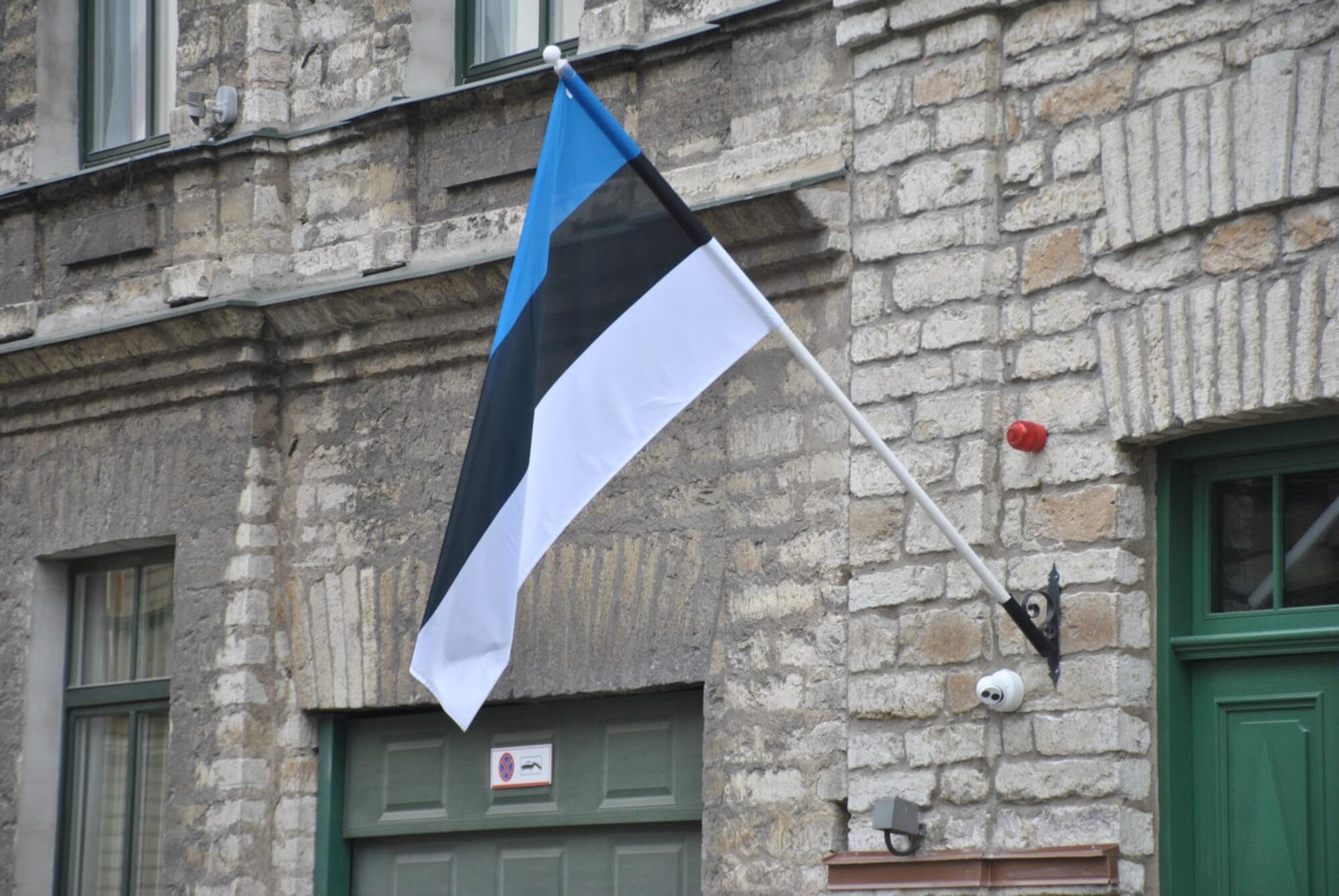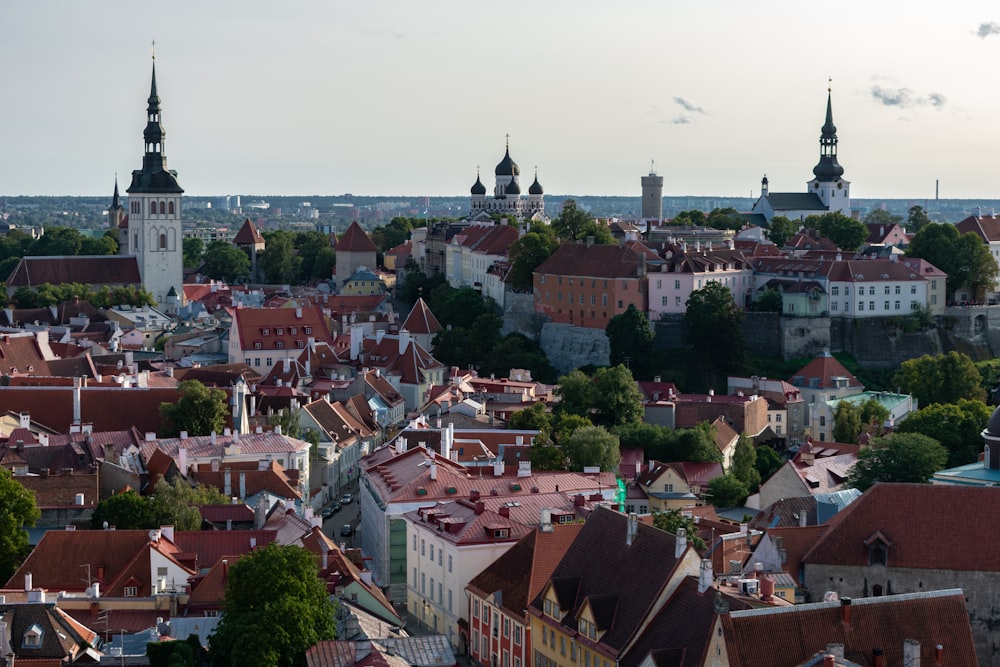
Tallinn has perfectly preserved its historical heritage, the historical center of which is called Vyshgorod Castle. This is a large-scale complex, which includes several dozen buildings, its construction began in the 13th century and lasted for almost 400 years. The most famous buildings are Toomkirk Dome Cathedral, Pikk Hermann Tower, fortress walls, and massive towers.
Since the buildings were erected at different times, among them you can see examples of various architectural trends: Gothic, Baroque, and Classicism. Another attraction is located on Raekoya Square, we are talking about the building of the Town Hall, built at the beginning of the 15th century. The building is decorated with a weather vane with the image of the old symbol of Tallinn – Old Thomas.
One can get acquainted with the history of ancient buildings, culture, and traditions of residents in museums, of which there are more than twenty in the city. The Museum of Applied Arts, the Maritime Museum, the Nature Museum, the Tallinn City Museum, the Estonian Art Museum, and the State History Museum are worth a visit.
A lot of remarkable buildings and cultural centers are located on the territory of the city of Narva, the symbol of which has been the Narva Castle for more than five hundred years. The city has a rich military history, so most of its monuments and museums tell about the military past.
From the point of view of natural attractions, the islands of Estonia are of interest. On the island of Saaremaa, you can see rich pine forests, juniper bushes and stone churches, windmills, and small settlements surrounded by trees. On the island of Hiiumaa, there is an ancient lighthouse, which is more than 600 years old. The tower is 104 meters high; only two lighthouses in the world surpass it in age.
A well-known cultural center is the city of Tartu, which presents guests with a wide variety of theaters, museums, and architectural attractions. Among the most visited institutions are the Town Hall building, the Botanical Garden, the University of Tartu History Museum, the O. Luts House Museum, the Ethnographic Museum, and the Zoology Museum.
Travel tips – do’s and don’ts in Estonia
Traveling to Estonia can be one of the best memories for every tourist. A pleasant pastime is guaranteed if you familiarize yourself with the rules and peculiarities of staying in this country in advance.
- It is best to go to Estonia in spring, late summer, or autumn when the weather is mild and the flow of tourists is relatively weak.
- If the travel program includes visiting woodlands, you should get vaccinated against tick-borne encephalitis.
- Estonians have big respect for tourists who can pronounce at least a couple of words in Estonian. You can learn a few common phrases before the trip.
- Residents of the country do not like to seem annoying and rarely show initiative. When interacting with service personnel, the client often has to initiate communication.
- Estonians nod their heads or use the traditional handshake as a greeting. A woman can afford to just smile. The most popular Estonian greeting is “Tere!”
- When communicating with an unfamiliar interlocutor, you can talk about art, Estonian cuisine, or beer, but you should not touch on topics related to World War II or the Soviet period of the country’s history.
- The official currency of Estonia is the euro. Tourists do not have to worry about exchanging money, everywhere in the country you can pay with a bank card.
- To save money, it is worth choosing an inexpensive hotel in a residential area, camping, or on a farm. It is important to pay attention to whether breakfast and bed are offered.
- The best way to travel from city to city is by bus. Taxi rides are fairly inexpensive. If you plan to actively use public transport, you should buy a ticket.
- To drive independently in Estonia, you need an international driving license and motor vehicle insurance. Parking in big cities and historical centers is paid.
- In public places – bus stops, underpasses, catering establishments – smoking is strictly prohibited. The fine for smoking in a non-designated place reaches 80 euros.
- Drinking alcoholic beverages on the street is also subject to a fine.
- While in Estonia, cooking yourself is much more profitable than eating in cafes and restaurants. They can be left to explore the national cuisine. Inexpensive ready-to-eat meals are sold in the culinary departments of supermarkets.
- Tipping in Estonian establishments is included in the invoice amount. Additional encouragement is left at the discretion of the client and amounts to 10% of the cost of services.
- When visiting a public toilet, you need to follow the designations – they are easy to confuse. The triangle in the upright position represents the men’s toilet and in the inverted position the women’s.

